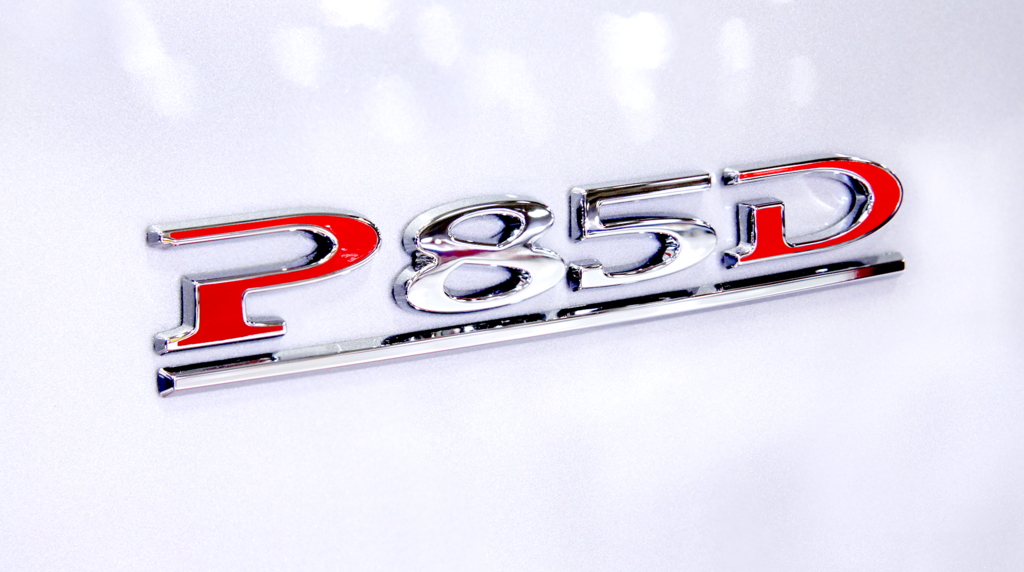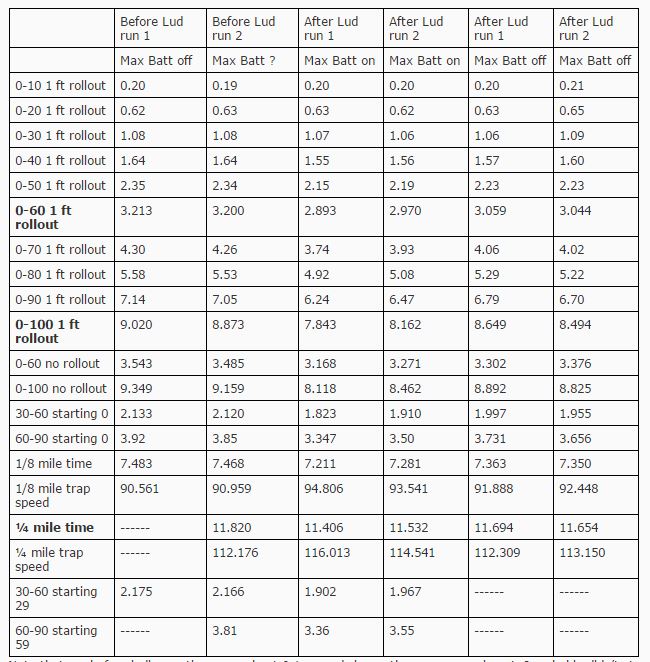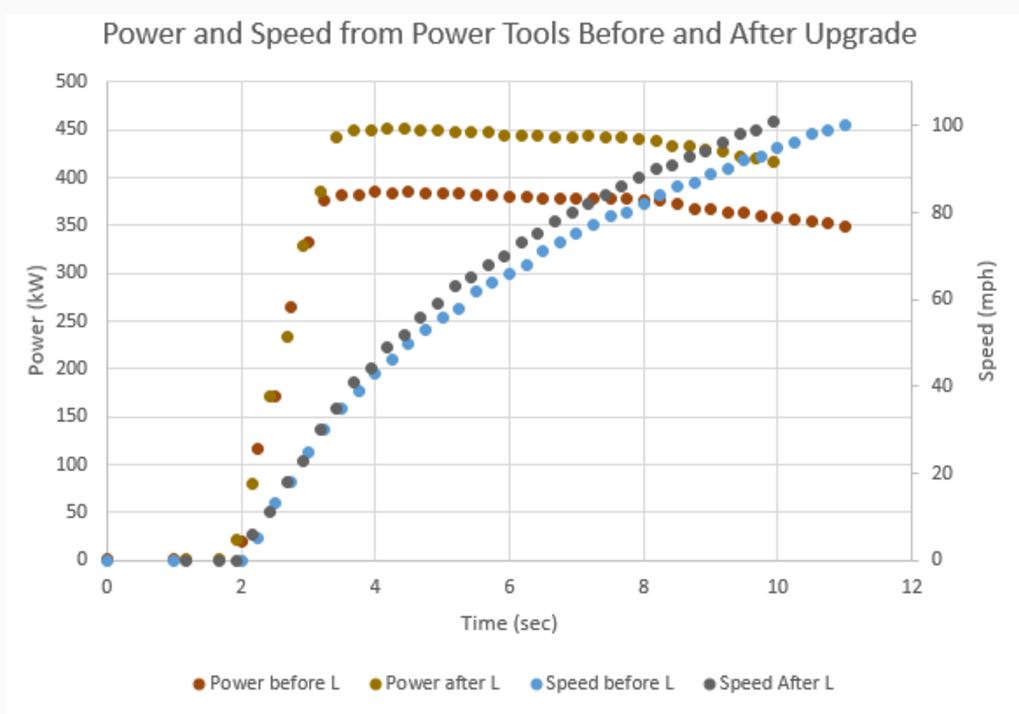News
Performance Gains after P85D Ludicrous Mode Upgrade
TMC member thimel recently had the Ludicrous mode upgrade installed on his Model S P85D. He carefully measured the performance of his car before and after, and found that Ludicrous mode is worth about a half second to 60 mph and a noticeable increase in power at all speeds up to 80.
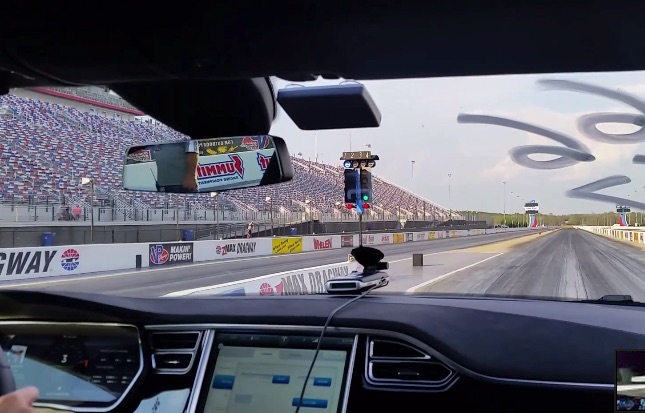
Just how much faster is the the P85D with Ludicrous Mode upgrade? According to Tesla Motors Club (TMC) member thimel, the performance gains are significant, to the tune of 19% more power above 30 mph and a drop in 0-60 time from 3.2 to 2.9 seconds. Quarter mile time also drops from an already quick 11.8 seconds to an astounding 11.5 seconds.
thimel carefully measured the performance of the P85D both before and after the Ludicrous Mode upgrade. The performance data was then meticulously charted and plotted, painting a clear picture of the performance differences from the $5,000 retrofit.
According to thimel’s post from the TMC forum, “I started the before Ludicrous tests early in the morning and had not driven the car for many hours, but had charged it that night. The ambient temperature in my garage that morning was 59 degrees and it was 50 degrees outside during the tests. I started with a 90% charge and by the time I was done the charge was 70%. Creep mode was off to help avoid a very slow start. Insane mode was on of course. Climate control was off.
“I drove a few miles before starting the first test but did nothing else to warm the battery. I drove 5 miles at moderate acceleration and speeds between acceleration passes. This was both to give a chance for things to cool down and to return me to the same starting point for each acceleration pass.data shows the Ludicrous mode upgrade it worth nearly a half second in the sprint to 60 mph and several more miles per hour at the end of the quarter mile. ”
Next he charted his power and speed against time and found power to range from 380 kW, before the Ludicrous upgrade, to 451 kW after the upgrade with the Max Battery Power setting on. The setting heats the Tesla battery to a higher temperature thereby reducing its impedance and increasing current to provide short term acceleration and performance gains.
The biggest boost in performance after the Ludicrous upgrade happens above 30 mph. Below that, performance is about the same. But with Ludicrous mode engaged, there is a sizable increase in available torque. Before the upgrade, lateral acceleration reaches approximately 1.15 g at 15 mph, then falls below 1 g after 25 mph. After the upgrade, lateral acceleration peaks at 1.1 g and continues to pull over 1 g until slightly past 30+ mph. Most notably, the acceleration is consistently above the pre-Ludicrous Mode upgrade all the way until 80 mph.
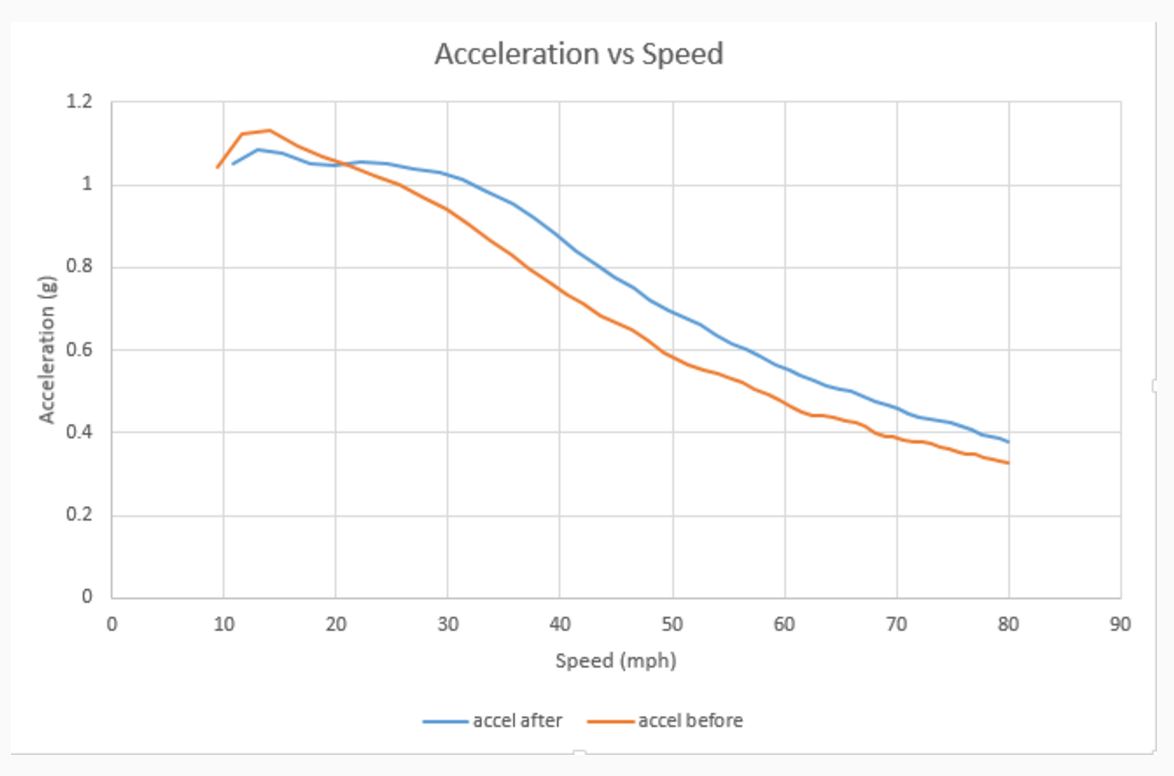
[Image source: thimel via TMC]
In his notes, thimel makes some interesting points. “Above 30 mph, ludicrous clearly has more power. This is seen directly with the PowerTools readout…..which shows the maximum power increased from 380 to 451 kW, a 19% increase and by the shorter times to achieve speeds above 30 mph. The max power measured from the battery was 451 kW. This compares to 458 kW that Pete90D measured on his P90DL. So the battery doesn’t make much of a difference. The 0-60 time I got of 2.89 is also nearly identical to that Pete90D got of 2.901.”
He ends his post with this conclusion: “The P85D with ludicrous upgrade is significantly faster than without. There is 19% more power above 30 mph, 0-60 time drops from 3.2 to 2.9 seconds and the quarter mile time drops from 11.8 to 11.5. So it was fast before and is faster now. You get about two-thirds of the improvement if you don’t heat the battery with max battery power.”

News
Tesla FSD fleet is nearing 7 billion total miles, including 2.5 billion city miles
As can be seen on Tesla’s official FSD webpage, vehicles equipped with the system have now navigated over 6.99 billion miles.

Tesla’s Full Self-Driving (Supervised) fleet is closing in on almost 7 billion total miles driven, as per data posted by the company on its official FSD webpage.
These figures hint at the massive scale of data fueling Tesla’s rapid FSD improvements, which have been quite notable as of late.
FSD mileage milestones
As can be seen on Tesla’s official FSD webpage, vehicles equipped with the system have now navigated over 6.99 billion miles. Tesla owner and avid FSD tester Whole Mars Catalog also shared a screenshot indicating that from the nearly 7 billion miles traveled by the FSD fleet, more than 2.5 billion miles were driven inside cities.
City miles are particularly valuable for complex urban scenarios like unprotected turns, pedestrian interactions, and traffic lights. This is also the difference-maker for FSD, as only complex solutions, such as Waymo’s self-driving taxis, operate similarly on inner-city streets. And even then, incidents such as the San Francisco blackouts have proven challenging for sensor-rich vehicles like Waymos.
Tesla’s data edge
Tesla has a number of advantages in the autonomous vehicle sector, one of which is the size of its fleet and the number of vehicles training FSD on real-world roads. Tesla’s nearly 7 billion FSD miles then allow the company to roll out updates that make its vehicles behave like they are being driven by experienced drivers, even if they are operating on their own.
So notable are Tesla’s improvements to FSD that NVIDIA Director of Robotics Jim Fan, after experiencing FSD v14, noted that the system is the first AI that passes what he described as a “Physical Turing Test.”
“Despite knowing exactly how robot learning works, I still find it magical watching the steering wheel turn by itself. First it feels surreal, next it becomes routine. Then, like the smartphone, taking it away actively hurts. This is how humanity gets rewired and glued to god-like technologies,” Fan wrote in a post on X.
News
Tesla starts showing how FSD will change lives in Europe
Local officials tested the system on narrow country roads and were impressed by FSD’s smooth, human-like driving, with some calling the service a game-changer for everyday life in areas that are far from urban centers.

Tesla has launched Europe’s first public shuttle service using Full Self-Driving (Supervised) in the rural Eifelkreis Bitburg-Prüm region of Germany, demonstrating how the technology can restore independence and mobility for people who struggle with limited transport options.
Local officials tested the system on narrow country roads and were impressed by FSD’s smooth, human-like driving, with some calling the service a game-changer for everyday life in areas that are far from urban centers.
Officials see real impact on rural residents
Arzfeld Mayor Johannes Kuhl and District Administrator Andreas Kruppert personally tested the Tesla shuttle service. This allowed them to see just how well FSD navigated winding lanes and rural roads confidently. Kruppert said, “Autonomous driving sounds like science fiction to many, but we simply see here that it works totally well in rural regions too.” Kuhl, for his part, also noted that FSD “feels like a very experienced driver.”
The pilot complements the area’s “Citizen Bus” program, which provides on-demand rides for elderly residents who can no longer drive themselves. Tesla Europe shared a video of a demonstration of the service, highlighting how FSD gives people their freedom back, even in places where public transport is not as prevalent.
What the Ministry for Economic Affairs and Transport says
Rhineland-Palatinate’s Minister Daniela Schmitt supported the project, praising the collaboration that made this “first of its kind in Europe” possible. As per the ministry, the rural rollout for the service shows FSD’s potential beyond major cities, and it delivers tangible benefits like grocery runs, doctor visits, and social connections for isolated residents.
“Reliable and flexible mobility is especially vital in rural areas. With the launch of a shuttle service using self-driving vehicles (FSD supervised) by Tesla in the Eifelkreis Bitburg-Prüm, an innovative pilot project is now getting underway that complements local community bus services. It is the first project of its kind in Europe.
“The result is a real gain for rural mobility: greater accessibility, more flexibility and tangible benefits for everyday life. A strong signal for innovation, cooperation and future-oriented mobility beyond urban centers,” the ministry wrote in a LinkedIn post.
News
Tesla China quietly posts Robotaxi-related job listing
Tesla China is currently seeking a Low Voltage Electrical Engineer to work on circuit board design for the company’s autonomous vehicles.

Tesla has posted a new job listing in Shanghai explicitly tied to its Robotaxi program, fueling speculation that the company is preparing to launch its dedicated autonomous ride-hailing service in China.
As noted in the listing, Tesla China is currently seeking a Low Voltage Electrical Engineer to work on circuit board design for the company’s autonomous vehicles.
Robotaxi-specific role
The listing, which was shared on social media platform X by industry watcher @tslaming, suggested that Tesla China is looking to fill the role urgently. The job listing itself specifically mentions that the person hired for the role will be working on the Low Voltage Hardware team, which would design the circuit boards that would serve as the nervous system of the Robotaxi.
Key tasks for the role, as indicated in the job listing, include collaboration with PCB layout, firmware, mechanical, program management, and validation teams, among other responsibilities. The role is based in Shanghai.
China Robotaxi launch
China represents a massive potential market for robotaxis, with its dense urban centers and supportive policies in select cities. Tesla has limited permission to roll out FSD in the country, though despite this, its vehicles have been hailed as among the best in the market when it comes to autonomous features. So far, at least, it appears that China supports Tesla’s FSD and Robotaxi rollout.
This was hinted at in November, when Tesla brought the Cybercab to the 8th China International Import Expo (CIIE) in Shanghai, marking the first time that the autonomous two-seater was brought to the Asia-Pacific region. The vehicle, despite not having a release date in China, received a significant amount of interest among the event’s attendees.
